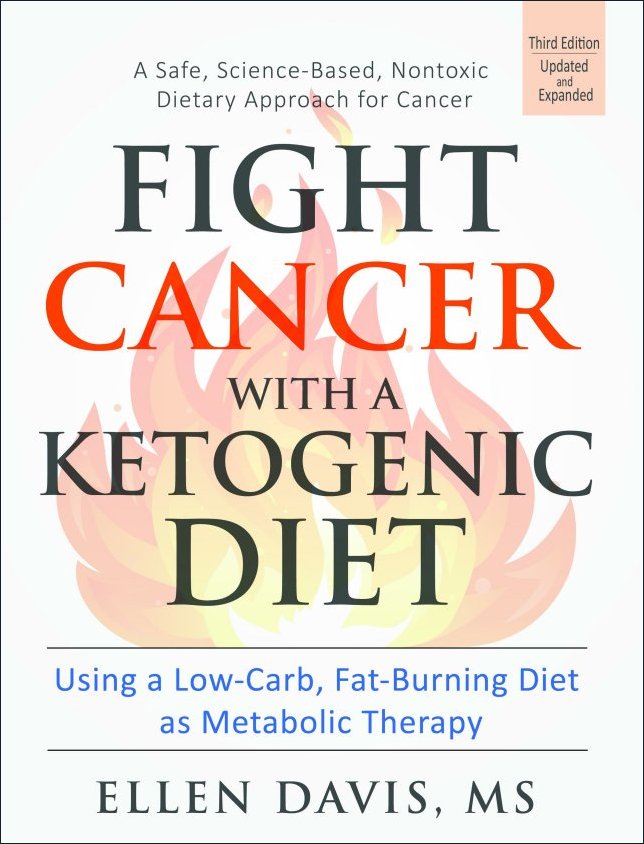Fatty Liver Disease and Ketogenic Diets
Updated September 21, 2020. Medical review by Albert J Hart, MD
Fatty liver disease is a condition in which the liver becomes clogged with excess fat due to elevated triglyceride levels within the body. The condition is strongly linked to insulin resistance, metabolic syndrome and prediabetes.
When the fat stored in the liver accounts for more than 10% of the liver’s weight, the function of the liver becomes compromised, and the liver can't metabolize insulin and fine tune blood sugar levels as it would normally.
This type of liver disease is called non-alcoholic fatty liver disease (NAFLD) or hepatic steatosis and if left untreated, it can result in liver damage or liver cancer.
What Causes NAFLD?
High Triglycerides
- High blood triglyceride levels associated with high carbohydrate and fructose consumption. The elevated triglycerides which cause fatty liver disease are a direct result of a diet which is high in carbohydrates, and specifically, high in fructose. Studies have shown that fructose consumption elevates blood pressure, sky rockets triglyceride levels and increases inflammation and insulin resistance in the liver.
- Insulin resistant body systems. A high carb consumption and lack of exercise is strongly associated with the development of overall body insulin resistance and high triglycerides levels. See this study, and this study shows that a high carbohydrate diet is linked to liver dysfunction.
Vegetable Oil Consumption

- High levels of vegetable oil consumption. Vegetables oils contain omega-6 polyunsaturated fats which are inflammatory when consumed in large amounts. In addition, they are often hydrogenated to solidify them, and this introduces trans-fats which can also damage the liver. The most prevalent are corn, canola, and soybean oil. These oils are commonly found in cooking fats, margarine and commercial mayonnaise and salad dressings.
- Alternatives include high quality olive oils (the cheaper ones tend to be cut with canola or other vegetable oils) and nut oils, since these are monounsaturated oils, and don't effect the liver in the same way as polyunsaturated oils.
- Note: You can test to see if your olive oil has been adulterated with soybean, cottonseed, or corn oil. Just put it in your refrigerator. Within a day or two, pure olive oil solidifies. If there is more than 20% of these other oils in it, it will never solidify at refrigerator temperature.
Choline Deficiency
- A deficiency of choline, one of the B vitamins, has been shown in several studies to be associated with the development of fatty liver disease. This study demonstrated that a lack of choline results in liver damage, and giving choline rich supplements or foods reverses the damage. See these blog posts for more detail:
- Sweet Truth About Liver and Egg Yolks
- Does Choline Deficiency Contribute to Fatty Liver in Humans
Lack of Saturated Fat Consumption
- Lack of Saturated Fat Consumption: At least two studies, one from Duke University, and one from Cambridge University have shown that reducing carbohydrate consumption and increasing saturated fat intake helps the liver shed excess fat in as little as three days.
- CAVEAT: Chris Masterjohn, in his posts on this subject notes that sufficient choline needs to be available for cleansing. In another study here, the authors write: "Several lines of investigation indicate that dietary fat can modulate the severity of alcoholic liver injury...In experimental animals, for example, diets enriched with saturated fatty acids protect against alcohol-induced liver injury, whereas diets containing polyunsaturated fatty acids promote liver injury. Saturated fatty acids have also been reported to reverse established alcoholic liver injury."
Treating Fatty Liver Disease
The treatment for a fatty liver includes avoiding the factors which contribute to it. Following a ketogenic diet makes it very easy to avoid problem foods, and steers you toward the foods which help your liver recover and thrive. Here are the best ways to treat a fatty liver successfully:
- Start a ketogenic diet plan. This involves reducing your carbohydrate intake and increasing your saturated fat intake. Here's a study which shows how these changes help the liver heal. And another here.
- Get some exercise. This study demonstrates has exercise can help with muscle insulin resistance even in the presence of carb consumption.
- Avoid all foods containing fructose. Read labels and don't eat foods which contain high fructose corn syrup, white sugar (50% fructose), honey (40% fructose), and agave syrup, which can be up to 90% fructose. Sodas are the obvious culprit, but you'll find fructose in foods ranging from ketchup to sliced ham.
- Avoid all refined polyunsaturated vegetable oil (oils from corn, canola seeds, safflower seeds, sunflower seeds and soybeans). Make your own homemade mayonnaise with butter, bacon fat or macadamia oil.
- Eat more egg yolks and liver from clean, grass fed animals. These foods are high in choline. Other foods rich in choline include beef, cod, shrimp, broccoli, dairy products, and almonds.
- Eat foods rich in an amino acid called methionine, which the body can use to make choline. Meat, fish, sesame seeds and Brazil nuts are rich in methionine.
- Be careful about taking large doses of fish oil supplements on a daily basis, as these oils are polyunsaturated.
More Information
All of my books are available in electronic PDF, and now in paperback on Amazon!
 |
 |
 |
|
Buy paperbook on Buy paperback on Amazon Buy the e-Book via Paypal |
Buy paperback on Buy paperback on Amazon Buy the e-Book via Paypal |
Buy paperback on Buy paperback on Amazon Buy the e-Book via PayPal |